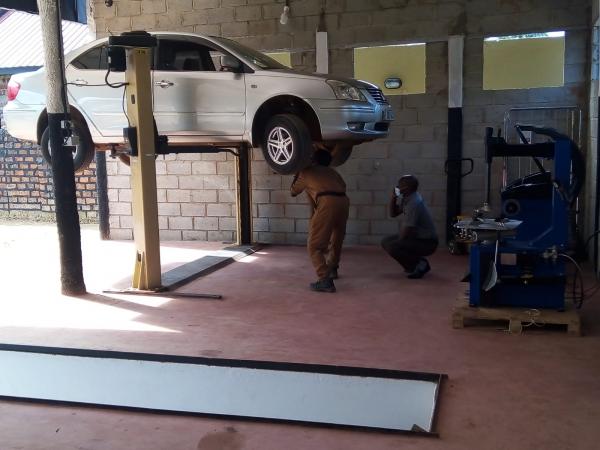What is Cambelt?
Cambelt is a very crucial part of your engine, which plays a huge role in the smooth functioning and efficient operation of the overall automotive system.
Made from rubber, the cambelt features small teeth which work in the to and fro function of the belt.
It is also known as a timing belt, as it keeps the crank and camshaft clocked properly and synchronises the two halves of the engine accurately.
Cambelt plays a role in opening and closing the engine valve, which in turn, enables the fuel to enter the engine, ignite, and produce exhaust. It works to keep the valves open and close at the correct time during the cylinder intake and exhaust strokes. Failure to do so will lead to internal damage of the engine, which will affect the efficiency of the car. The teeth fit in the ridges present in the cogs that are pushed and pulled by the belt.
Here are some of the timing belt replacement signs:
Noise / Ticking Sound
One of the most commonly reported symptoms is the cam belt noise which is produced when the car has just started, and the engine is still cold. The cause for this ranges from loose cambelt to a wear down one. If you notice any such noise, our mechanics will do a quick check to rest your doubts.
Unable to start the car
When the engine refuses to revive, it is a clear sign that something is wrong with it. More often than not, it is attributed to a broken cambelt. Since the timing belt is responsible for the rotations, without it, the camshaft will not rotate when the crankshaft turns.
Misfiring of the engine
Your engine misfires when the cambelt slips on the camshaft drive, leading one cylinder to open or close before the designated time. This leads to engine misfiring and ultimately grave damage. Make sure you replace the belt immediately if your engine's fire rate has gone up.
Oil Leakage
You might experience oil leakage from the timing belt cover whose nuts and bolts may have gotten loose over time. Another reason for the leak is when the gasket between the engine block and timing cover wears out, is cracked or has been improperly installed and is pinched.
What is the recommended mileage to change the timing belt?
There is no correct answer to this question, though it is, asked a lot. With the different number of manufacturers and methods of manufacturing, it is difficult to put out a ``one size fits all`` concept here.
Most manufacturers use a time or mileage-based change, depending on what comes first. However, it is recommended to take this period as the maximum stretch, and come in for a check-up before the designated time.
This could range from 40,000 miles up to 100,000 miles, and from four years up to six years.
If you've any doubt, our mechanics will perform a complete diagnosis with no obligation to repair.
In comparison to gearboxes and clutches where the problem arises out of nowhere, cambelts have a natural replacement time due to the wear and tear. It is advised to not exceed the recommended time, as it can lead to severe internal damage of the engine.
Call-in or book today!

